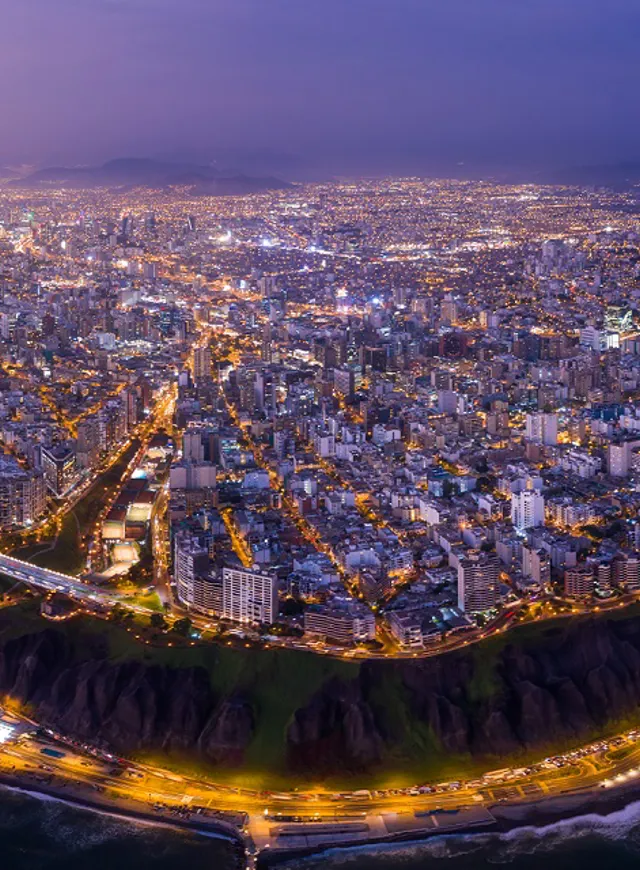
Building city emission inventories in emerging economies with limited data
Case study - Building city emission inventories in emerging economies with limited data
Ricardo experts build a high-resolution spatial air pollutant emissions inventory for the metropolitan area of Lima-Callao, using innovative techniques to overcome the challenges of limited activity data.
Challenge
It had been identified that air pollutant concentrations in Lima-Callao were approaching, or in some locations, significantly exceeding World Health Organisation guideline concentrations.
Ricardo, with our extensive track record in emission inventory compilation, and local partner, Deuman SAC, were selected to develop an air emissions inventory for the metropolitan area of Lima and Callao, model air quality and evaluate local air quality monitoring networks to identify opportunities to improve network performance.
In doing so, this would mean Ricardo’s client was able to meet their goals:
- Generating and sharing information for monitoring environmental quality at the national level to improve environmental monitoring and analytical capacities.
- Increase public access to information and promote informed public participation in the management of environmental quality.
- Use the learnings from the project to improve the evidence base for creating air quality improvement strategies and policies for Lima-Callao.
Approach
A large team of air emission inventory experts with multipollutant and multisectoral expertise was needed to estimate emissions from all sources, working with limited available data. Ricardo created a new multipollutant spatial inventory that included all anthropogenic (man-made emissions) and relevant natural sources. The inventory was developed using internationally accepted air emission guidelines and methodologies.
Ricardo’s experts identified gaps and inconsistencies in the emissions and activity data needed to build the inventory. Inventory best practice techniques were used to fill gaps and, where practicable, create complete sets of data with good time series consistency. Ricardo’s team used a wide range of approaches to solve data quality issues, including using extrapolation, proxy data, international data, benchmarking and expert judgement.
One key data gap was a lack of spatially resolved shipping movement data for Lima. It is important to know the navigation routes ships take as this will determine the pollution dispersion patterns around the port. Ricardo’s team developed a methodology to support project execution using machine learning to convert static shipping activity density maps to vessel density values for designated vessel types. This approach allowed detailed shipping emissions to be to systematically built for all vessel types.
The inventory contains millions of data points, requiring a robust system with the capacity to manage vast datasets. An entirely new style of inventory database was constructed by Ricardo and this new database framework was deployed for this project. The database was used for receiving, securely storing and calculating the emission and activity data for each source sector.
The project database was built in Post greSQL, making it easy to scale up the inventory and incorporate spatial elements as needed. Emissions inventory databases often have no direct links to spatial features or distribution grid cells and the distribution of emissions over different geometries usually happens outside of the database in a different part of the calculation process. Ricardo developed a different approach, with the spatial component directly integrated with the emission data in one database.
Results
The multipollutant air quality inventory, developed by Ricardo, will support air quality policy formulation and inform air pollution mitigation decisions and actions for the region going forward.



